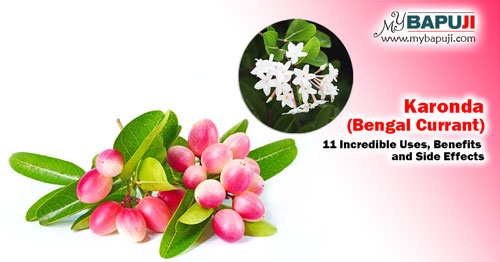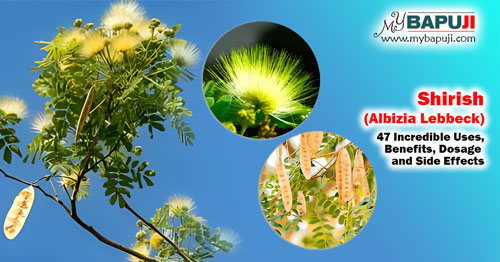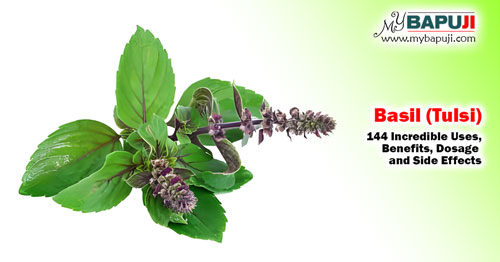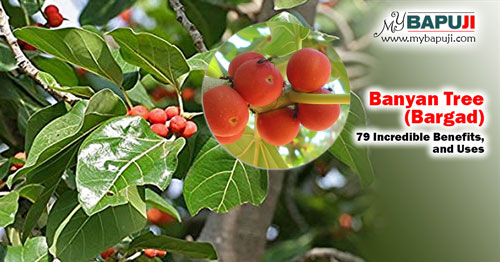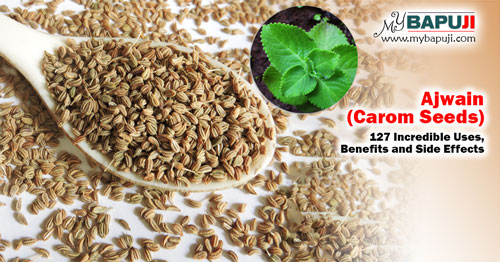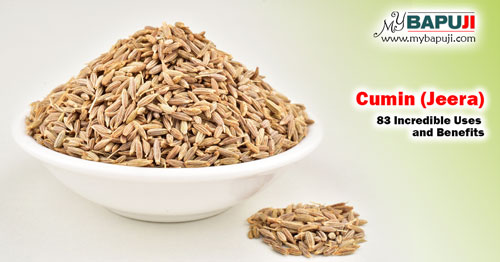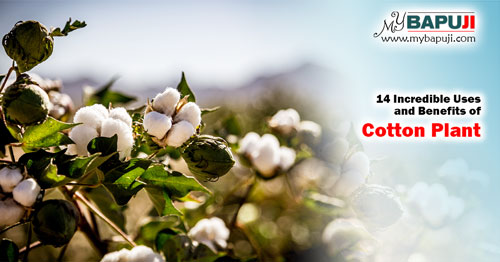Last Updated on May 2, 2024 by admin
Introduction:
Mostly, plants of Bengal currants are found on hilly areas. Its plants are thorny and 6 to 7 feet high. Its thorns grow at the root of the leaves. Its flowers have fragrance and its fruits are round, small and green. Its ripe fruits are black. Pickle is prepared by its raw fruit. Its wood is used as fuel. There is a foreign bengal currant which is found in India. Its fruits are some bigger and beautiful. Its fruits are used mostly in sauce and pickle.
Bengal Currants Fruit:
Raw fruits of Bengal currants are white and red in egg shaped. The fruits of foreign bengal currant are purple and red. If someone cuts its raw fruit, milk comes out from the fruit. Its ripe fruits are black. There are four seeds in its seed.
Karonda (Bengal Currant) Name in Different Languages:
- Hindi – Karonda, Karondi
- English – Bengal Currants, Jasmine flowered
- Sanskrit – Karmard, Sukhen, Krishnapak fruit
- Bengali – Karkacha
- Marathi – Marvandi
- Gujrati – Karmandi
- Telugu – Baka
- Latin – Capparis corundas
Karonda (Bengal Currant) Medicinal & Ayurvedic Properties:
- Colour: Karonda (Bengal Currant) is white, blue, dark red and green.
- Taste: Karonda (Bengal Currant) is sour.
- Nature: Karonda (Bengal Currant) is hot in nature.
- Karonda (Bengal Currant) increases appetite and checks bile disorders.
- It quenches thirst and stops loose motions.
- Raw Bengal currant takes time in digestion and increases appetite.
- It stops the motions.
- Ripe Karonda (Bengal Currant) digests easily and eliminates bile, phlegm and gas.
- It purifies the blood and alleviates poisoning.
Karonda (Bengal Currant) Uses and Benefits :
1. Itching: Grind the root of bitter Karonda (Bengal Currant) plant with water or sesame oil. Apply this preparation on the affected to get rid of itching.
2. Germs of the wound: Grind the root of Karonda (Bengal Currant) plant with water. Apply it on the wound and pour on wound. Its use destroys the germs of the wound.
3. Snake’s poisoning: Grind the root of bitter Karonda (Bengal Currant) plant with water. This water should be given to the victim for drinking. Its use alleviates snake’s poisoning.
4. Erysipelas: Grind the root of Karonda (Bengal Currant) plant and camphor with lemon juice. Apply this mixture on the boils or blister with water. Its use provides relief.
5. Relapsing fever: Make a decoction by boiling the leaves of Bengal currant. Drink 20 to 40 ml this decoction. Its use provides relief in relapsing fever.
6. Cough: Lick honey mixing with the juice of Bengal currant’s leaves. Its use stops cough.
7. Gums’ bleeding: Eat the fruits of Karonda (Bengal Currant). Its use prevents bleeding from the gums.
8. Acidity: Take half spoon juice of Karonda (Bengal Currant) mixing with 2 pinches ground seeds of cardamom. Its use provides relief in acidity.
9. Ascites:
- First day, drink 10 ml juice of Karonda (Bengal Currant)’s leaves after that 10 ml quantity of this juice should increase daily till 100 ml. This process should continue for one month. Its use gets rid of ascites.
- Grind the root of bitter Bengal currant plant with cow urine and give it to the patient of dropsy. Its use gets rid of the disease named ascites.
10. Heart problems: Karonda (Bengal Currant) is very useful for the treatment of heart problems. Cook vegetable of Karonda (Bengal Currant) mixing with jiggery and eat. Its use provides relief in this disease.
11. Epilepsy:
- Grind 50 leaves of Bengal currant and mix whey in it. Drink this mixture regularly for 15 days to get rid of the fits of epilepsy. This remedy is also useful in the fits of epilepsy caused by bile.
- Grind 30 leaves of bengal currant with whey. Taking this mixture regularly for 15 days gets rid of epilepsy. This remedy is also very beneficial in epilepsy caused by bile.
Karonda (Bengal Currant) Side Effects :
Precautions: Over quantity of Bengal currants causes phlegm and disturbances of blood caused by bile.
Removing side effects: Salt, pepper and sweet products remove all the side effects of Bengal currants.
इस लेख का हिंदी अनुवाद यहाँ पढ़ें ☛ करौंदा के 14 अद्भुत फायदे, गुण, उपयोग और दुष्प्रभाव
Disclaimer: This article is for informational purposes only and should not be considered medical advice. Always consult with a qualified healthcare professional before starting any new herbal treatment.
